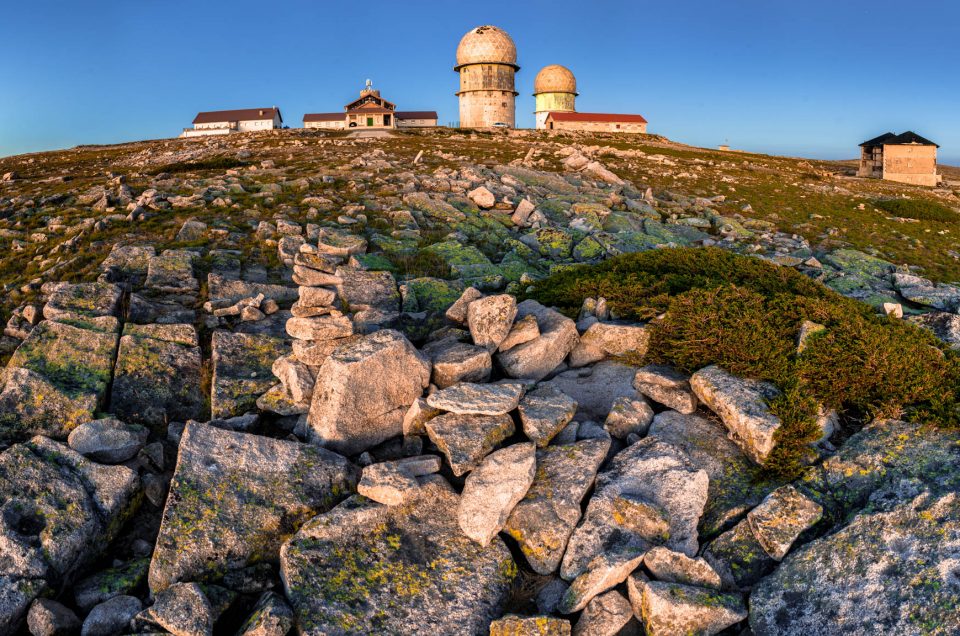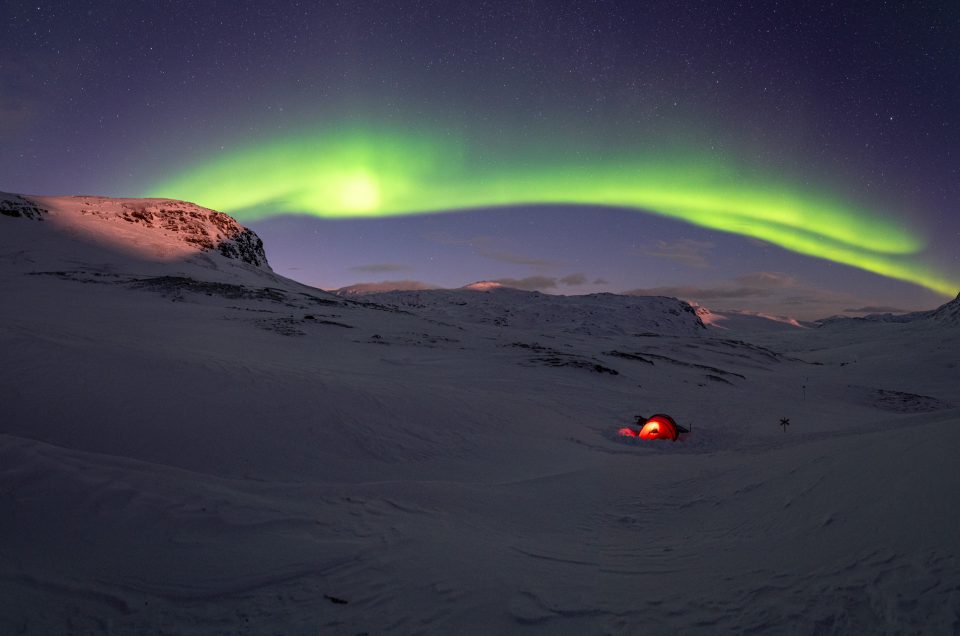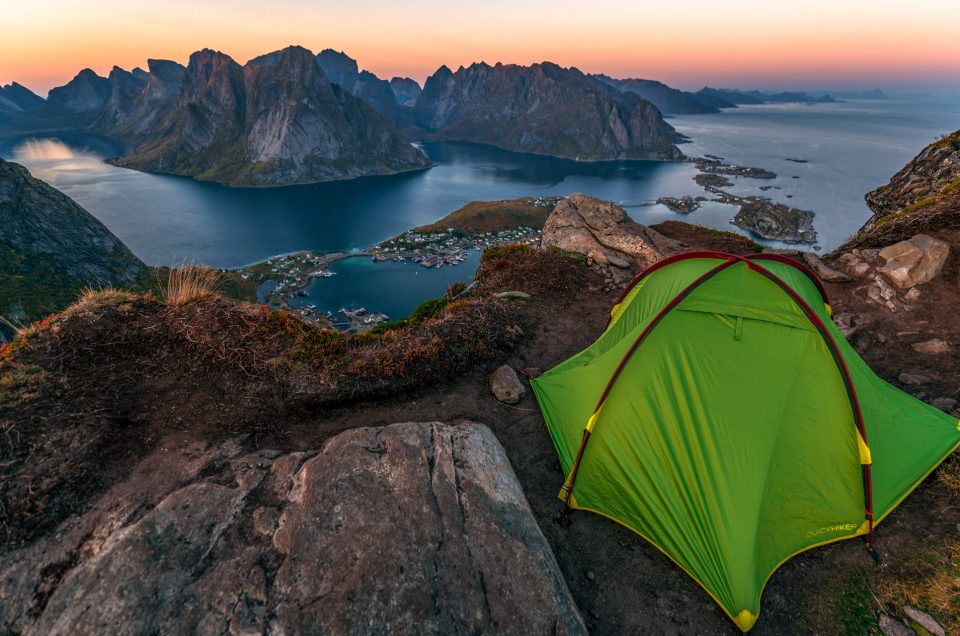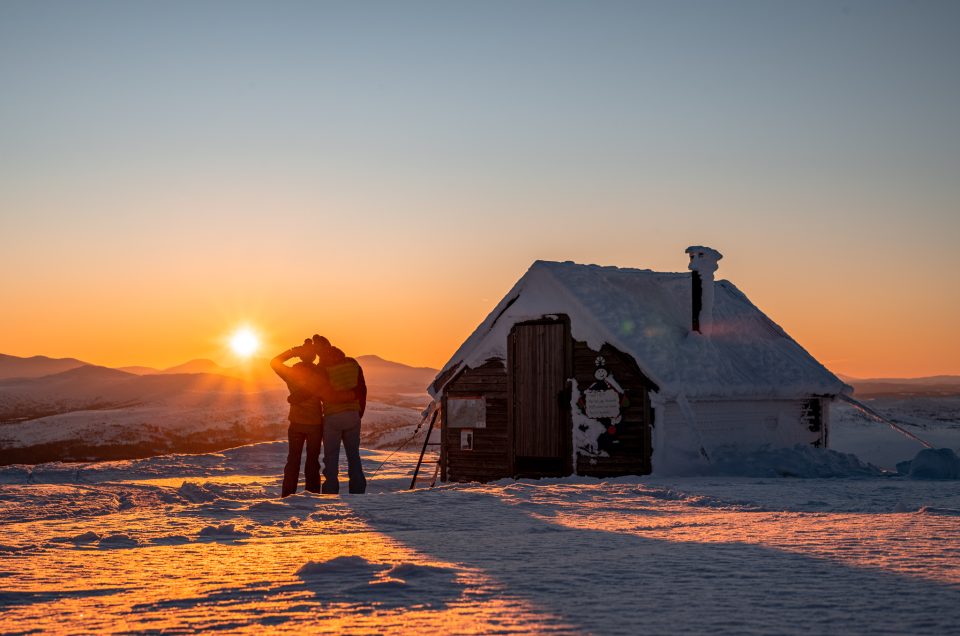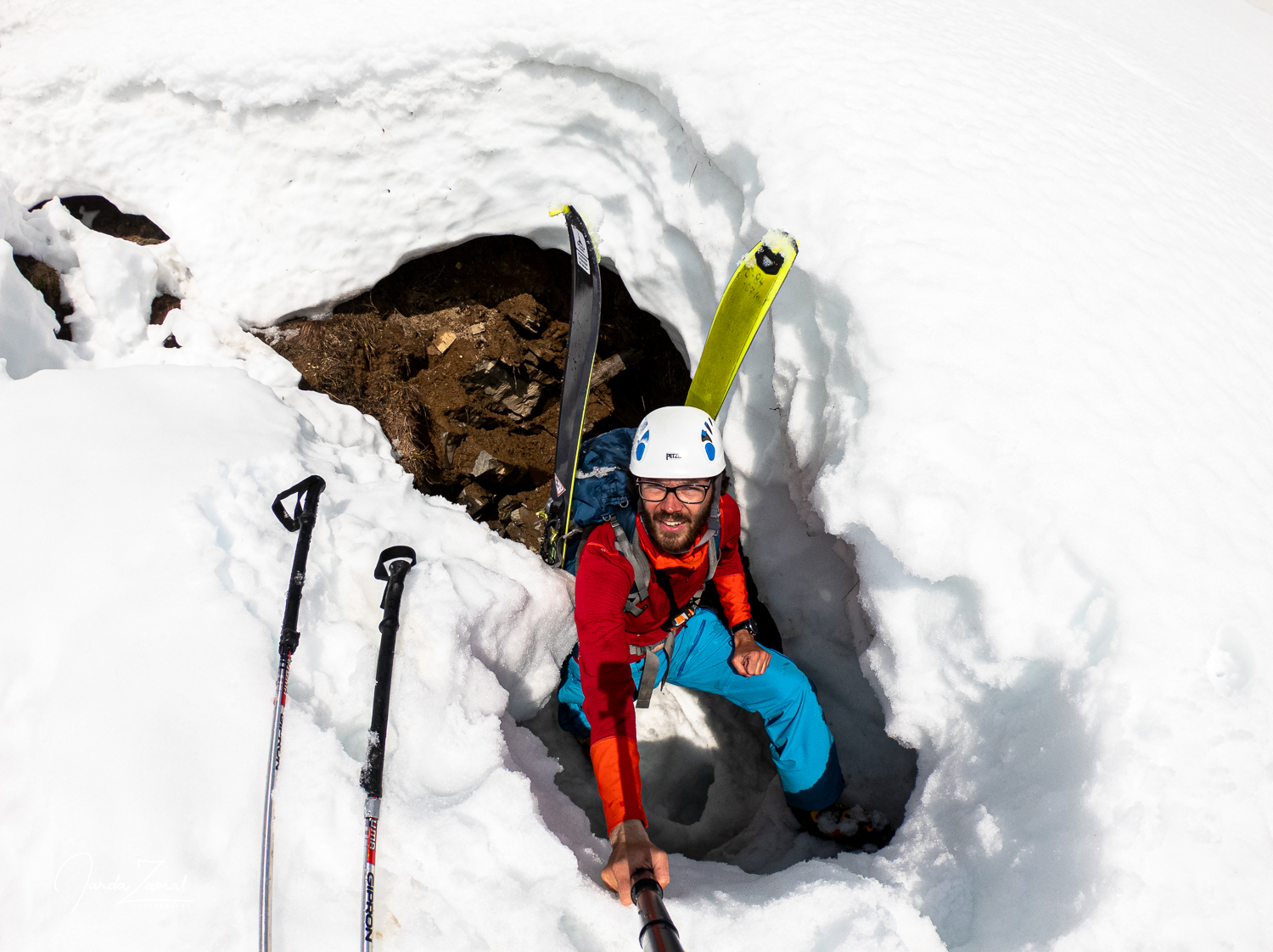Last Updated on January 22, 2024
Portugal’s highest mountain Torre is located in the northeastern part of the country near the Spanish border. Torre is very unique because it can “boast” of the heaviest traffic on any European highest point. Portuguese builders “honored” the mountain by building a roundabout on the actual highest point. It is a bit disappointing to get there since there are even ruins of old radars around. However, there is so much to explore around so I was very glad to visit the Portuguese mountains. This article will give you all necessary tips to visit Torre and its wonderful surrounding mountains and villages.
What is the highest point of Portugal?
DISPUTE: Before I start telling my story about Torre I have to explain why I selected this mountain as the highest point of Portugal in my project European Peaks (my climb of the highest peak of every European country). Torre is the highest point of mainland Portugal but there is also mountain Pico located in the Azores islands, which is 2,351 m high. However, since the Azores are an autonomous territory with its own government (similar to the “Danish” Faeroe islands), I don’t regard it as the highest point of Portugal.
Important information of the highest point of Portugal – Torre
Short description of the ascent: Short easy walk Essential equipment: Nothing special, it's a short walk Best time to visit: All year round Fees or restrictions: No Camping allowed: Yes Nearest accommodation/food supply: There is a restaurant and a shop at Torre Height of the peak: 1,993 m Time to ascend to Torre: 0 min Hiking distance: 0 m Elevation climbed: 0 m Water availability on the mountain: There is a restaurant and a shop at Torre Difficulty level: * (6 stars maximum) Personal rating of the mountain: ** (6 stars maximum) Beer on the peak: Black Super Bock *** (6 stars maximum)
Map of the position of Torre
My story of reaching Torre with personal tips
I climbed Torre as a part of my project European Peaks during which I climbed the highest peak of every European country. My trip to Portugal started in Madrid because all other flights from Malta were insanely expensive. My plan was to take a train to Guarda, a city at the foothills of the Serra de Estrela mountains but the only daily train was unfortunately fully booked. I found out that this train is very popular with Eurail/Interrail travelers so it was fully booked for the whole following week.
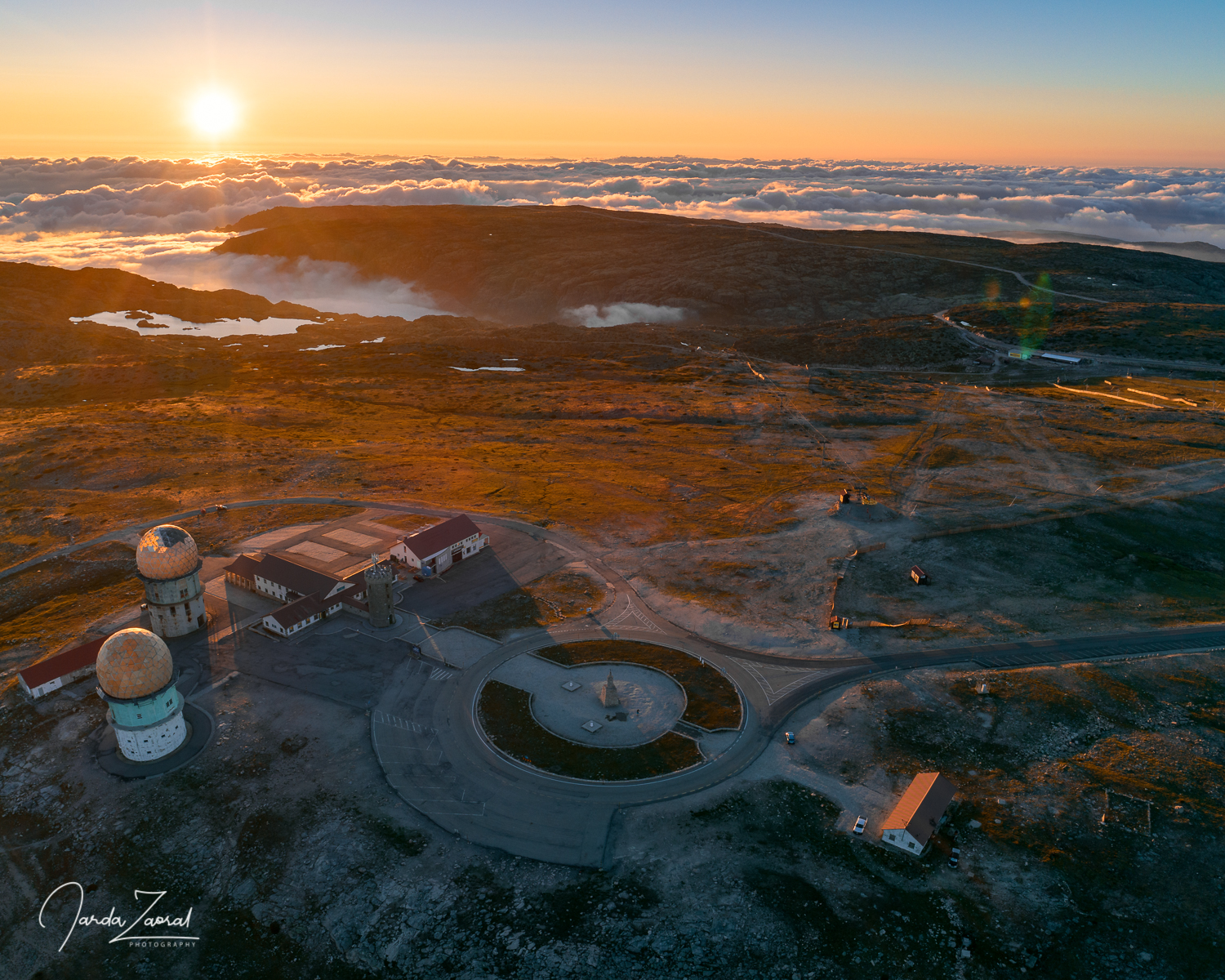
I had to find a different solution then and I found a good alternative. I took a train to the city Salamanca which was closest to the Portuguese border and I rented a car there to continue. After I reached the city Guarda by car, I took a small dinner – a great piglet. I also bought a bottle of port wine for the evening and set out for the trip to the highest mountain Torre.
Torre “boasts of” a roundabout
I got to the top just before sunset. The climb was not demanding at all because, as I mentioned, there is a road to the top with even a roundabout on the actual peak. I was lucky. The view was beautiful, because I was above the clouds. It’s good that this great weather diverted my attention. Otherwise, the Portuguese mountain is quite tasteless. At the very top, besides the aforementioned roundabout, the Portuguese also built two large satellites, which no one cares about these days. The only thing that seemed to be functional was the local ski lift heading to the top. Obviously there must be a lot of snow in winter. In the middle of August, there were still several snow spots on the slope.
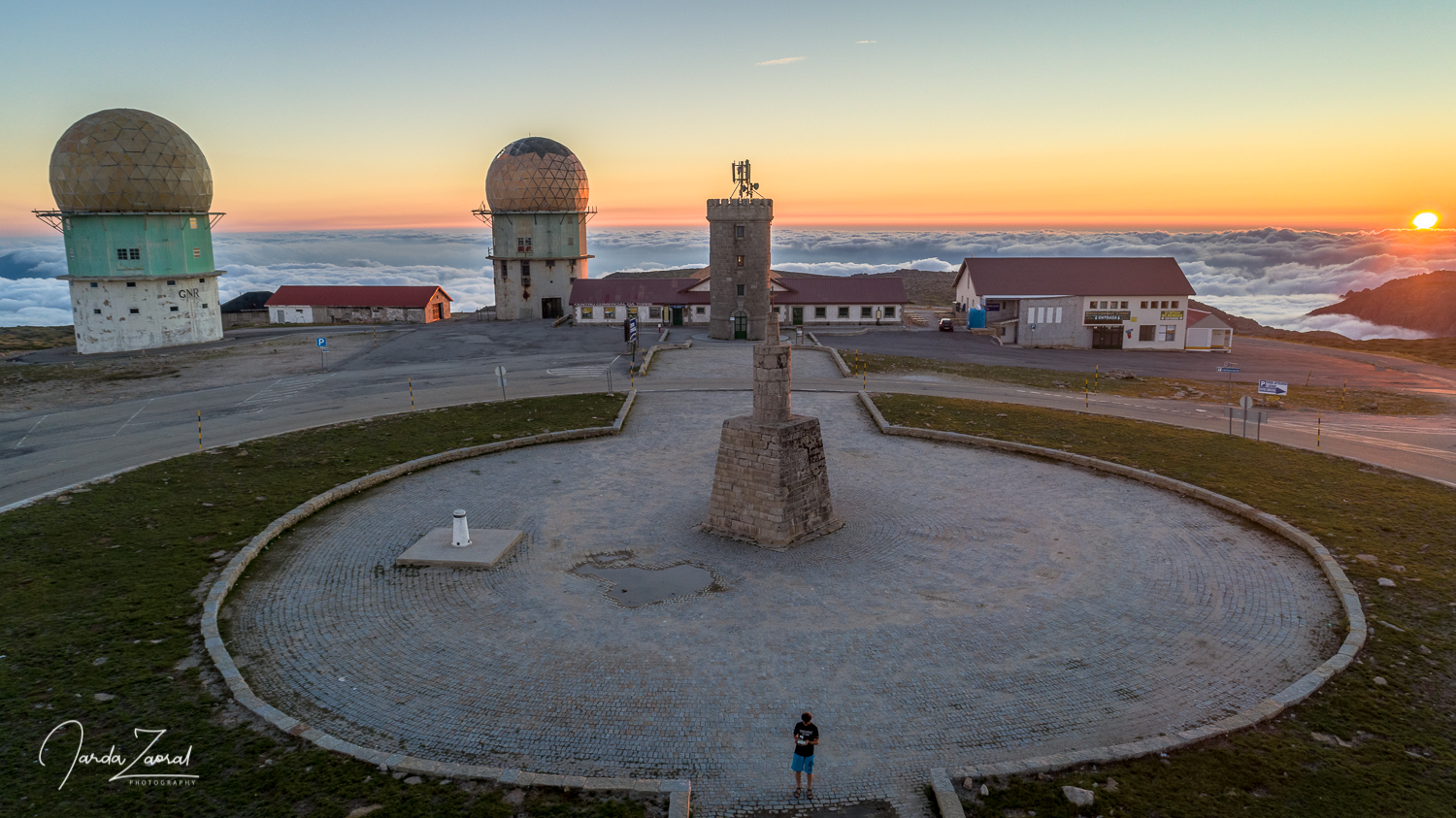
The not so charming Portuguese highest peak did not kill my mood. I had a bottle of port wine made just 100 kilometers away in the famous Douro Valley. I found the best spot to watch the epic sunset above the clouds, opened the bottle and enjoyed the view. Unfortunately, the bottle of the excellent port wine was not bottomless so it was soon time to settle down in the back seat of my rented car and sleep.
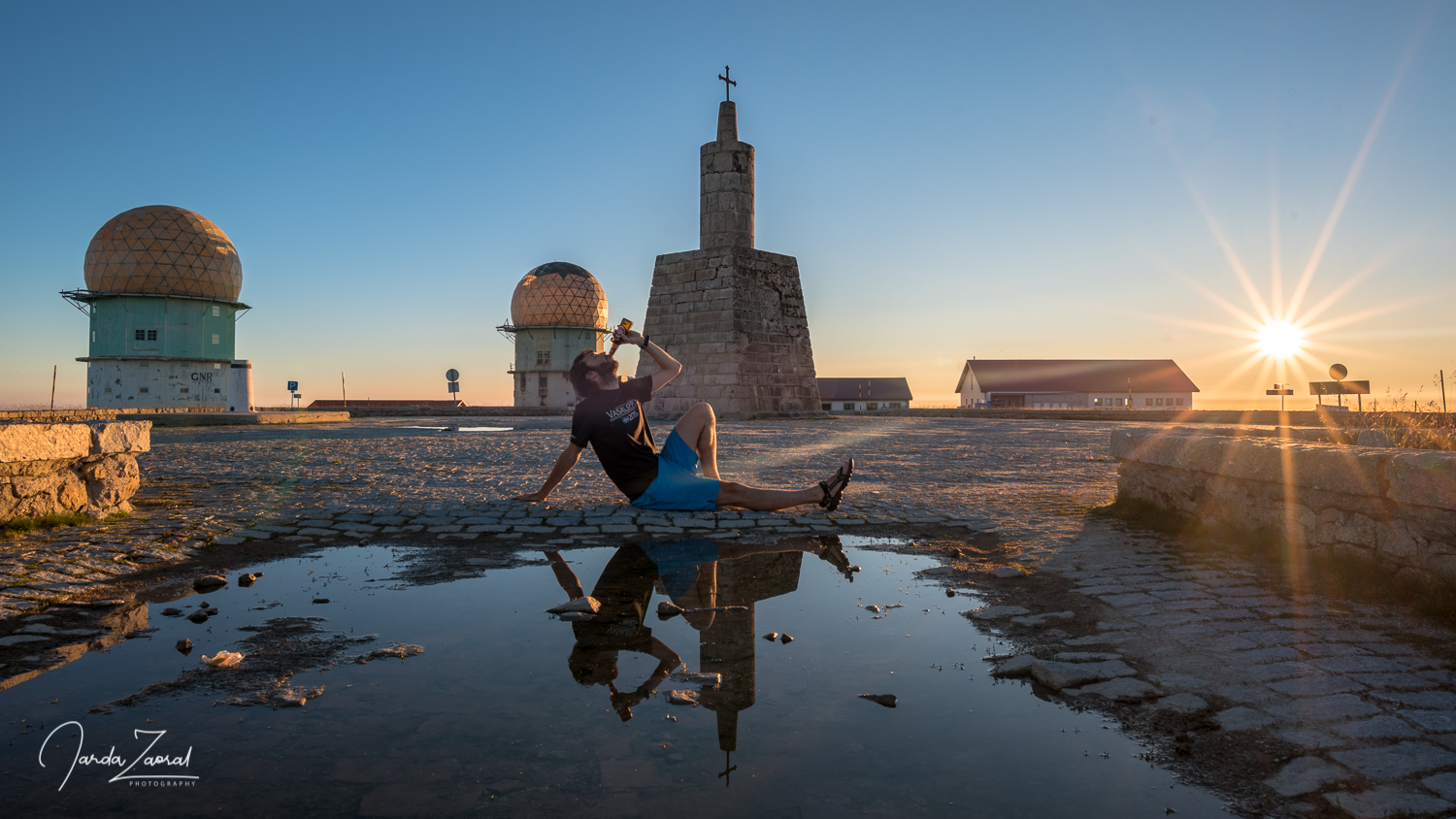
In the morning, I woke up a bit broken and bitten by mosquitoes, which apparently enjoy the local wet climate. It was definitely a mistake to leave a window in the car half-open. Luckily, another nice sunrise woke me up and made me explore the mountain area.
Portugese hidden gems
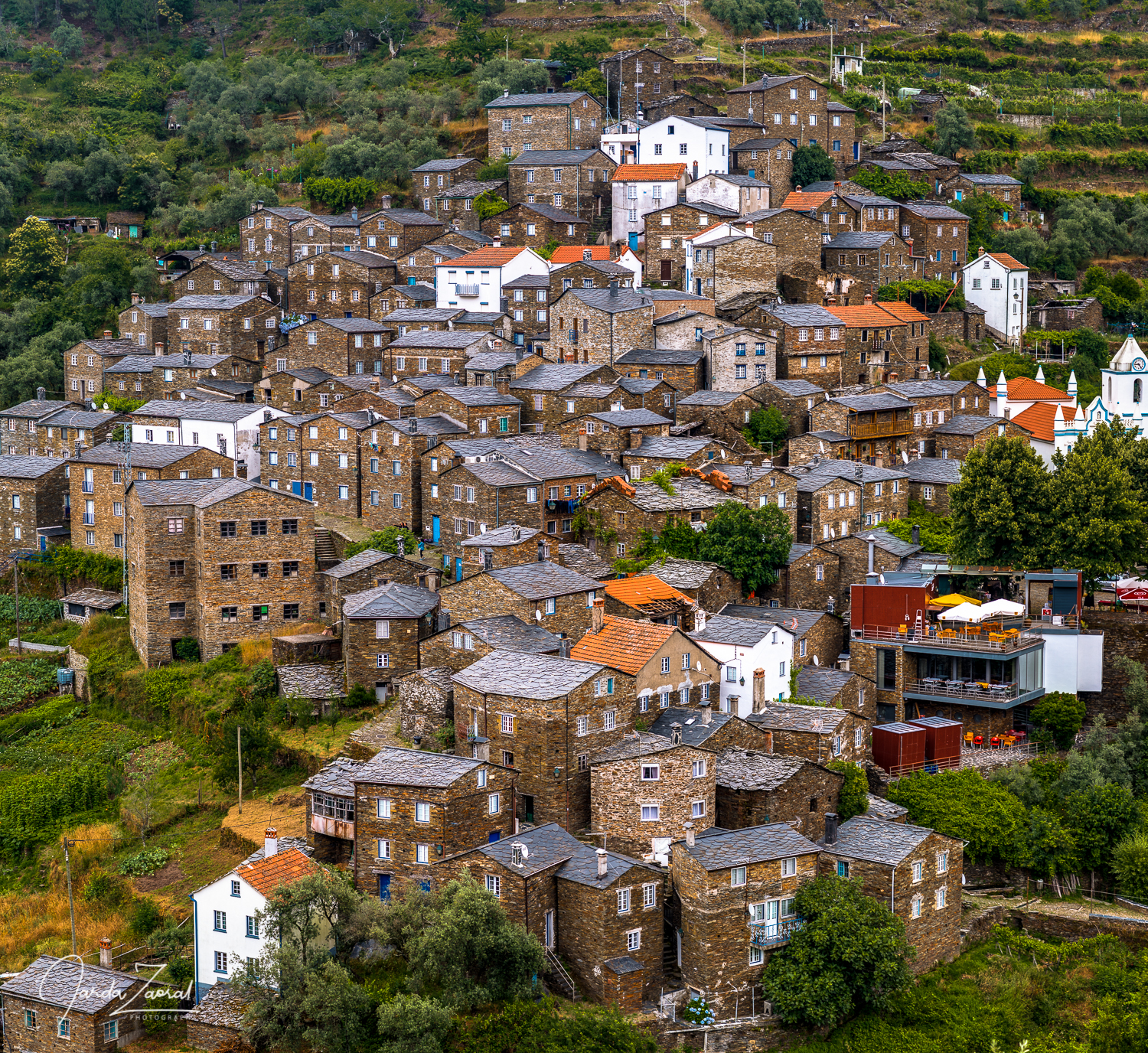
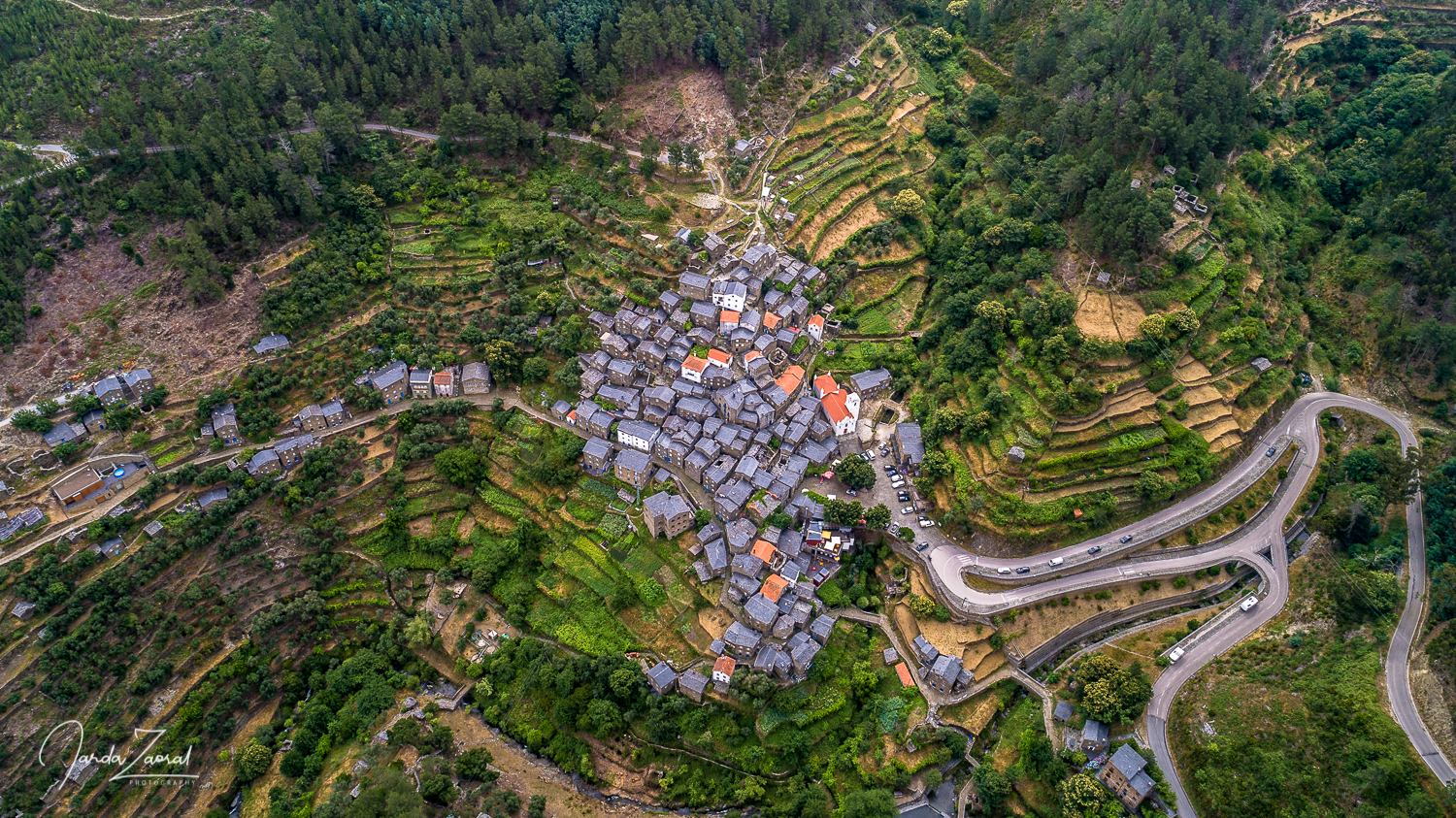
Since I only had half a day, I set out on my way. The plan was to visit the lost villages in the mountains which I had read about several times before and which had really impressed me. I stopped subsequently in the villages of Loriga, Alvoco da Serra and Piodao. All of them were amazing. I felt like I was in Vietnam. The villages were surrounded by terraced fields with various crops and high mountains. Moreover, tourists have not discovered this area yet so it felt really peaceful. Most of all, I liked the village of Piodao where a flock of sheep assisted me when taking pictures. I definitely have to get back here and spend more time.
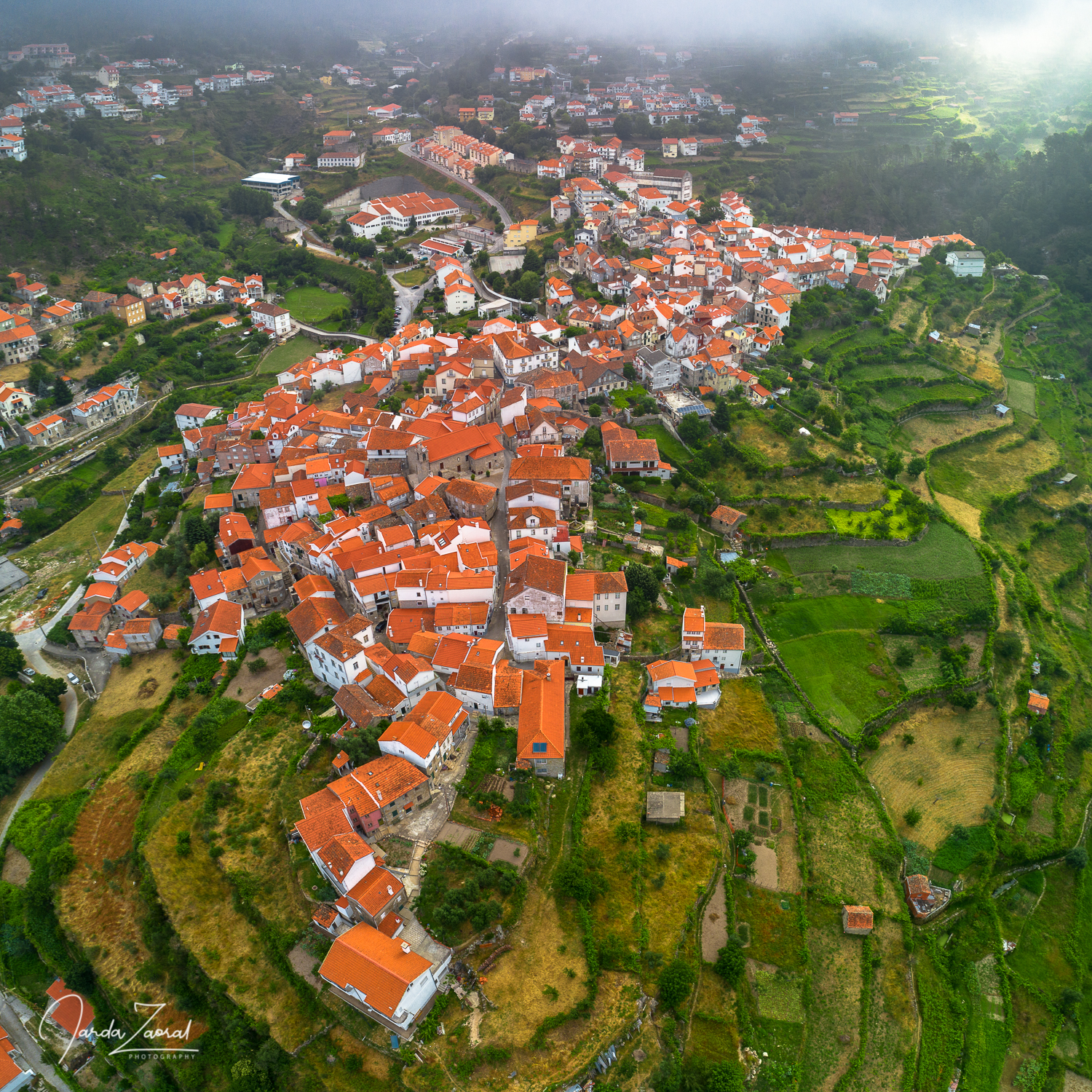
Tasting Port wine
I had to return the car soon in Spain again, but there was one more hidden gem which I could not miss. Just 100 km to the north, there is the river Douro which is famous for growing grapes used in the production of port wine. I found one smaller Quevedo port wine factory with great references.
When I arrived, I found that I didn’t choose the best time to visit. All the winemakers were having lunch. However, they were very accommodating and quickly came to serve me. In a second, I got 10 kinds of their port wine to taste. I tasted white, red and pink in several age categories. I learned the difference between Ruby and Tawny (Ruby is stored in larger barrels with no air access – the color and flavor doesn’t change much; Tawny is allowed to ripen in smaller barrels; both color and taste change over time) and I strongly regret that I visited this wine bar by car. I had to spit out all the wines after tasting. One of the saddest moments of my European Peaks expedition. Next time I will spend more time in Portugal!
My tips for the mountain Torre:
- If you have time, consider biking to the highest point of Portugal from the city of Guarda or Covilha where you can get easily by train.
- If you come here in winter to Torre, try skiing at a local slope.
- The villages around the national park are amazing and even more interesting than the actual peak. I recommend Loriga, Alvoco da Serra and Piodao.
- The valley around the river Douro is not far. I think you should not leave Portugal without tasting Porto wine. I tested wine at the Quevedo port wine factory and it was amazing.
